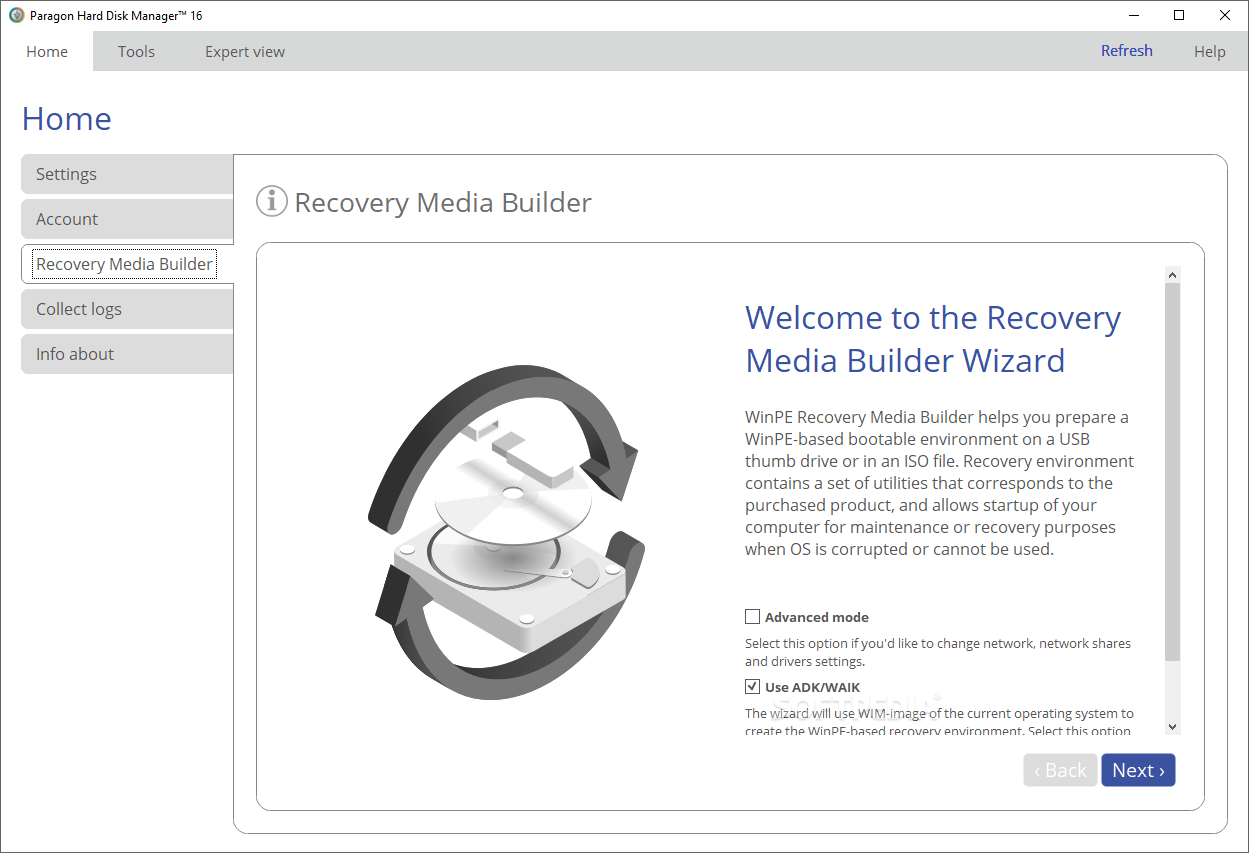

It will not install a graphical user interface. Create a superuser and add a password for it. The server install image allows you to install Ubuntu permanently on a computer for use as a server.This article shows the minimal steps an OS (not BIOS) should do to put AHCI controller into a workable state, how to identify drives attached, and how to read physical sectors from a SATA disk. Possibly the only available resource is the Intel AHCI specification (see External Links) and some open source operating systems such as Linux. There exists little documentation about its programming tips and tricks. Numerous tutorials exist for other DEs/WMs. AHCI is a new standard compared to IDE, which has been around for twenty years. Since I personally prefer i3 without any display managers, the rest of the tutorial would focus on installing this.Since you haven't specified a password for this user yet (or logged in with it for that matter) you should log in via root instead. Upon booting into Arch, it should ask you to login as the user you specified in your hostname above. Linux ISO images are an efficient way to download and install any Linux distribution.If you don't see this, then just go into BIOS and choose to boot into arch.

Reboot and now you should be able to choose a boot loader either for Arch Linux or for Windows.Sh -c " $(curl -fsSL ) " # Install rEFInd themeĪt this point of the installation progress, you may now stop. Use defaults on all the values since we won't be using a swap or boot partitions. Create a partition on the space you just left blank back in Windows.

Readying the partition where Arch Linux will be installed This is due to the ArchISO lacking support for discrete grahpics (nvidia). Note: Remember to change your SATA mode to AHCI so arch can detect your whole disk! If the display is messed up, try pressing 'e' on the boot window and adding nomodeset at the end.


 0 kommentar(er)
0 kommentar(er)
